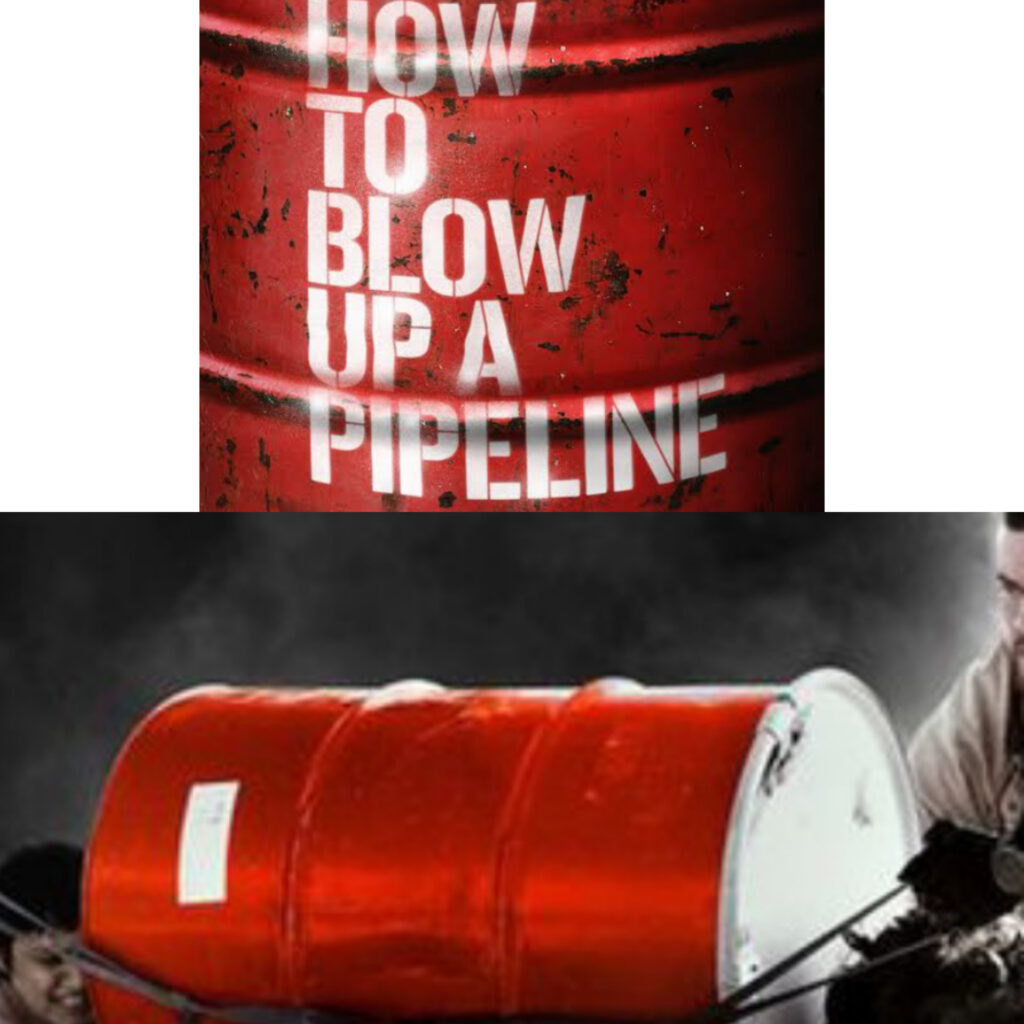How to Blow Up a Pipeline Showtimes

1. Introduction
The term “pipeline showtimes” refers to the duration and efficiency of each stage inside a project pipeline in the fast-paced world of project management. Understanding and improving pipeline showtimes is essential for firms that want to optimize operations, increase productivity, and complete projects on time. In this post, we will look at the complexities of pipeline showtimes and propose ways for improving project management efficiency.
2. Understanding Pipeline Showtimes
2.1 Definition and Concept
Pipeline showtimes are the amount of time it takes for tasks and deliverables to progress through the various phases of a project pipeline. It involves following the duration of each phase, finding bottlenecks, and simplifying the workflow in order to complete the project faster and more efficiently. Understanding pipeline showtimes provides project managers with essential information about the project’s development and allows them to take proactive steps to ensure timely delivery.
2.2 Factors Affecting Showtimes
Pipeline showtimes are influenced by a number of things. These include work complexity, resource availability, task dependencies, and the effectiveness of communication and collaboration among team members. Other reasons that can affect showtimes include technological limits, regulatory obligations, and unforeseen obstacles. Recognizing these aspects assists project managers in developing ways to maximize showtimes and avoid potential delays.
3. Planning for Pipeline Showtimes
3.1 Importance of Planning
The foundation of efficient pipeline showtimes is effective planning. Project managers must create a detailed project plan that specifies the order of tasks, identifies significant milestones, and effectively allocates resources. Project managers should foresee potential bottlenecks and design measures to reduce their influence on showtimes by having a well-structured plan.
3.2 Identifying Bottlenecks
Identifying bottlenecks in the workflow is an important component of arranging pipeline showtimes. Bottlenecks are stages in the pipeline where the flow of work slows or becomes congested, limiting progress. By assessing the project pipeline and detecting bottlenecks, project managers can allocate more resources, modify job priorities, or apply process enhancements to effectively eliminate or minimize bottlenecks.
4. Optimizing Pipeline Showtimes
4.1 Streamlining Processes
To optimize pipeline showtimes, project managers should concentrate on streamlining operations at each stage of the pipeline. This includes removing superfluous procedures, automating repeated tasks, and standardizing workflows. By minimizing the complexity and friction in the pipeline, teams may complete tasks more quickly and efficiently, improving total showtimes.
4.2 Automation and Technology
Embracing automation and leveraging technology can improve pipeline showtimes dramatically. Project management software, collaborative platforms, and task management tools can help improve communication, simplify coordination, and provide real-time visibility into the status of a project. Integrating these technological solutions allows teams to collaborate more effectively, reducing delays and increasing overall showtimes.
5. Efficient Workflow Management
5.1 Collaboration and Communication
Efficient collaboration and clear communication are essential for optimizing pipeline showtimes. Project managers should foster open channels of communication among team members, ensuring that everyone understands their roles and responsibilities. Regular meetings, whether virtual or in-person, can help with coordination, identifying difficulties, and fostering a collaborative environment that fosters speedier decision-making and improves showtimes.
5.2 Task Prioritization
Prioritizing jobs effectively is a vital part of workflow management. Project managers and their teams should collaborate closely to identify job priorities based on deadlines, dependencies, and available resources. Teams can focus their efforts on essential deliverables while reducing potential bottlenecks and boosting showtimes by aligning task priorities with project objectives.
6. Continuous Improvement Strategies
6.1 Analyzing and Learning from Data
Continuous improvement is required to optimize pipeline showtimes. Project managers should collect data and metrics relevant to each stage of the pipeline, such as task duration, resource utilization, and cycle times. Analyzing this data provides insights into performance patterns, bottlenecks, and places for improvement. Using this information, project managers can execute targeted initiatives to consistently improve showtimes.
6.2 Implementing Feedback Loops
It is essential to establish feedback loops inside the project pipeline in order to drive continual development. By collecting feedback from team members, stakeholders, and clients on a regular basis, project managers can identify pain points, get solutions, and resolve any concerns as soon as possible. Project managers can enhance workflows, streamline procedures, and optimize showtimes over time by incorporating input into the project management process.
7. Importance of Teamwork
7.1 Building a Cohesive Team
Teamwork is essential to attaining optimal pipeline showtimes. Project managers should prioritize team building by promoting a supportive and collaborative work environment. Encourage teamwork, celebrate accomplishments, and promote open communication to lay the groundwork for high-performance teams. Showtimes can be considerably improved when team members operate flawlessly together.
7.2 Effective Delegation and Support
Delegation and support are critical components of effective project management. Project managers should assign work based on individual strengths, give resources as needed, and provide direction and assistance as needed. Giving team members the necessary tools and a sense of ownership allows them to do their best work effectively, which improves showtimes.
8. Ensuring Safety and Compliance
8.1 Regulatory Considerations
Some industries require projects to follow tight regulatory criteria. Compliance with these regulations is essential for project success. Project managers should identify and resolve any regulatory requirements as soon as possible and include them in the project plan. Project managers can minimize delays and any legal concerns that could affect showtimes if they address safety and compliance from the start.
8.2 Risk Assessment and Mitigation
Risk identification and management are essential aspects of project management. Project managers should conduct detailed risk assessments, identifying potential threats to project timeliness and success. Project managers can limit the impact of unforeseen occurrences and maintain optimal showtimes despite hurdles by using risk mitigation measures and preparing contingency plans.
9. Conclusion
Managing pipeline showtimes efficiently is critical for project success. Project managers can accomplish faster and more efficient project completion by grasping the idea of pipeline showtimes, planning efficiently, streamlining workflows, encouraging teamwork, and embracing continuous improvement. Prioritizing clear communication, leveraging technology, and maintaining safety and compliance all help to improve showtimes. Project managers can improve showtimes and project success by following these methods and learning from successful case studies.
10. Frequently Asked Questions (FAQs)
Q1. How can I identify bottlenecks in my project’s pipeline showtimes?
Analyze the flow of work, measure task durations, and identify stages where development slows. These are potential bottlenecks that require attention.
Q2. What role does technology play in optimizing pipeline showtimes?
Technology, such as project management software and collaboration tools, streamlines communication, facilitates coordination, and enables real-time visibility into project progress.
Q3. Why is teamwork important for improving pipeline showtimes?
Teamwork helps people work together, makes it easier to delegate tasks, and creates a supportive work atmosphere. In the end, this makes showtimes better because people work together more efficiently.
Q4. How can I ensure compliance with regulatory requirements without compromising showtimes?
Include regulatory considerations in the project plan from the start, allocate resources properly, and work closely with the right people to make compliance easier.
Q.5 What are the key steps to continuously improving pipeline showtimes?
Analyze performance data, set up feedback loops, identify areas for improvement, and fine-tune procedures based on the findings. This iterative process results in ongoing improvements in showtimes.
